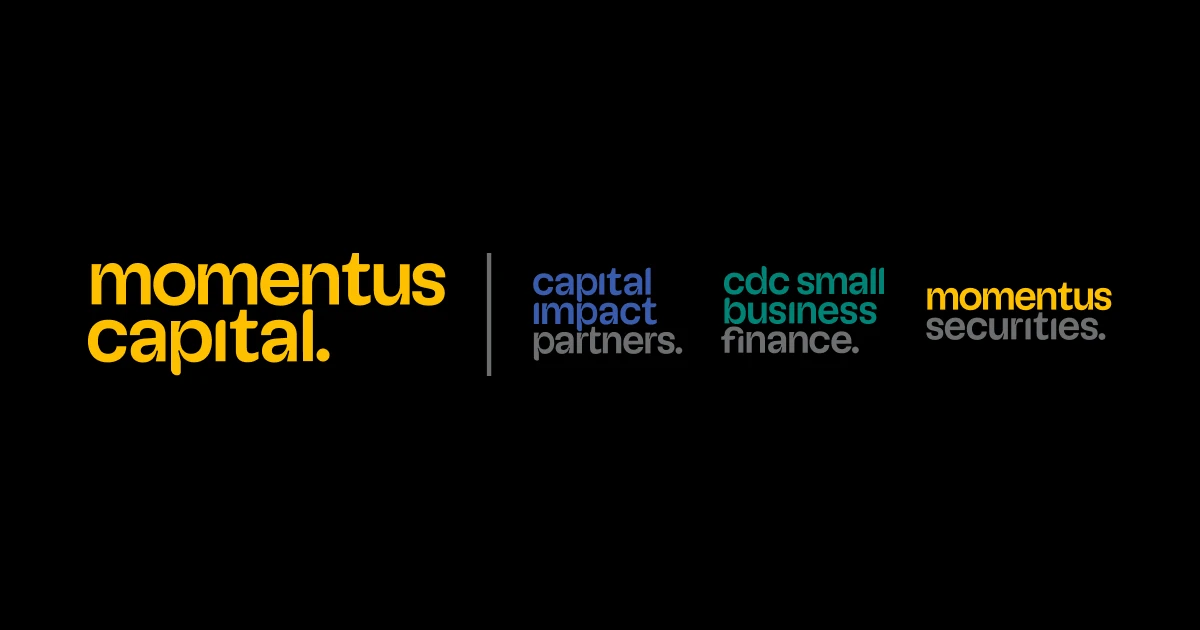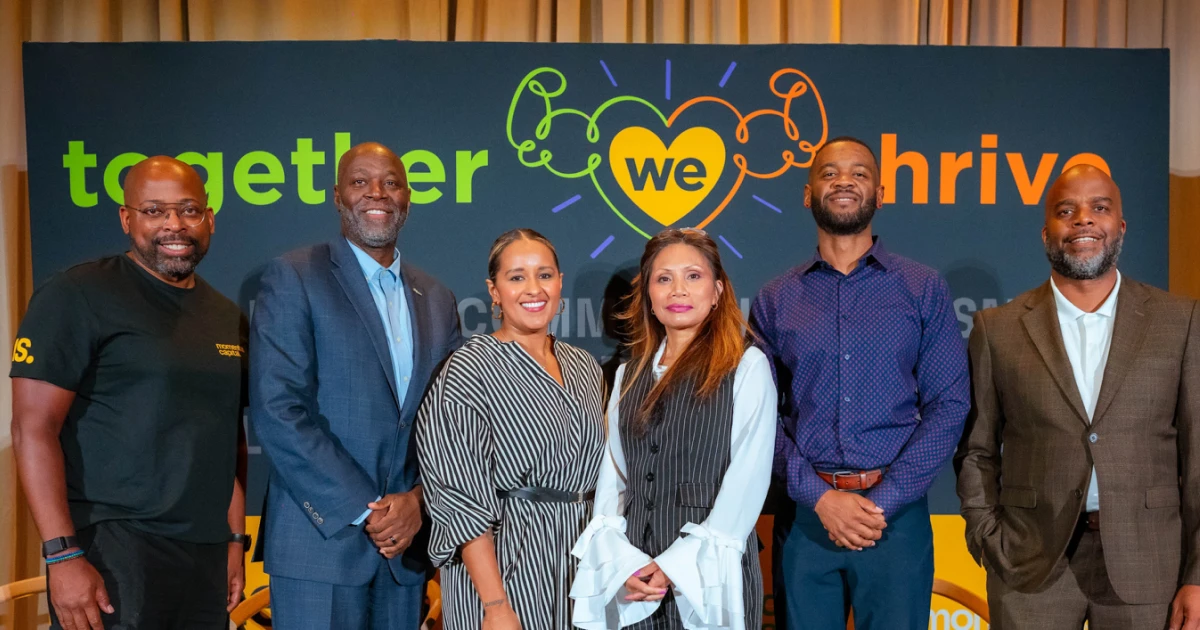Small businesses are vital to the American economy, creating two-thirds of new jobs and 44% of the country’s financial activity — and their impacts extend far beyond employment. Research shows that communities with a higher proportion of small businesses have higher rates of economic growth, stronger social networks, and improved health outcomes.
To help more small businesses access capital, the U.S. Small Business Administration (SBA) guarantees loans through the Community Advantage program, which allows entrepreneurs who would not otherwise have access to capital, such as those from disadvantaged communities, to borrow up to $350,000 to start or grow their businesses.
Unlike traditional business loans, Community Advantage loans are financed by alternative lenders, including certified development companies (CDCs) and community development financial institutions (CDFIs). Because these lenders aren’t traditional banks, they can offer additional flexibility and provide funds to more borrowers.
Recent revisions to the program’s standard operating procedures further expand eligibility and streamline the application process to make this vital funding source available to more businesses.
If you’re considering applying for a Community Advantage loan, here’s what you should know about the changes.
Partial Ownership Changes are Now Permitted
Previously, SBA loans, including Community Advantage loans, could not be used for partial ownership changes. That meant that while a borrower could use loan funds to purchase a business in its entirety or to buy out a partner’s share in the company, they could not buy part of a business.
Under the SBA’s new policy, Community Advantage borrowers can buy into businesses without committing to full ownership. They can also buy a portion of an existing owner’s stake (in both cases, the existing owner must still guarantee the loan). According to the SBA, one of the benefits of this change is that it enables employees to pursue partial ownership of the business for which they work.
“We’re excited to be able to offer loans for people who want to buy into a business rather than buying the whole business,” said Susan Lamping, Vice President of Sales for CDC Small Business Finance. “This is a request we get frequently, and we know it will help our small business community a lot.”
Are you an entrepreneur having difficulty obtaining financing for your business? Contact one of our SBA loan experts today.
More Entrepreneurs Will Be Eligible
SBA loans, including Community Advantage loans, are only available to applicants who are not eligible for loans with reasonable terms from traditional, non-guaranteed sources. Previously, the lender was required to submit a memorandum explaining why the applicant could not obtain credit elsewhere, as well as supporting documentation, to the SBA — a requirement that could create a significant administrative burden for the applicant as well as the lender.
Through a new, more streamlined process, lenders have additional flexibility in evaluating whether or not an applicant can reasonably access credit elsewhere. Potential reasons they might not be able to do so include insufficient collateral, loan size relative to the age of the business, a longer timeline to positive cash flow, and more. Notably, the update adds the applicant’s inability to meet conventional credit score requirements to the list of acceptable justifications. Additionally, lenders now have greater flexibility in evaluating whether or not an applicant’s personal resources are considered as part of the loan application.
Extension of Guarantee Fee Waiver
Prior to the COVID-19 pandemic, the SBA required small business borrowers to pay an upfront guarantee fee, calculated as a percentage of the total loan amount. For a typical Community Advantage borrower, that often amounted to several thousand dollars. As part of the government’s pandemic relief efforts, the SBA waived those fees. The administration recently confirmed that the fee waiver for Community Advantage borrowers will continue through the coming fiscal year, which runs from October 1, 2023, through September 30, 2024.
“The continuing fee waivers are a big help to the clients we serve since they help borrowers retain as much of their own capital as possible during the early stages of their business,” said Lamping.
Act Now to Take Advantage of the SBA’s New Policies
With the SBA’s new policies effective now, it’s easier than ever to apply for and receive a Community Advantage loan to start or grow a business. Since the future of the SBA’s fee waivers is unknown, this fiscal year is a particularly advantageous time to seek financing.
Since the program’s inception in 2011, CDC Small Business Finance has been one of the country’s leading providers of Community Advantage loans. We look deeper into borrowers’ financial picture and work with them to overcome challenges to getting approved when other lenders may give up. Our mission is to provide people and communities with access to the capital and opportunities they deserve — and our team is dedicated to helping our clients succeed.
Learn more about CDC’s approach to small business lending. For additional details about SBA policies, visit the administration’s training on demand resources.
Ready to expand your business with an SBA 7(a) loan? Contact one of our SBA loan experts today to get started.



